The 5 Percent Solution: Volkswagen's Not Giving up on Its U.S. Market Share Dream

Volkswagen doesn’t make much of a fuss about becoming the world’s largest automaker these days, mainly because it’s already cleared that hurdle — and in the wake of the diesel emissions scandal, no less. In the United States, however, one long-helg goal remains elusive: reaching a 5 percent market share.
While the automaker claims its top priority is shoring up its U.S. business with new, Americanized product, old dreams die hard. VW still wants the kind of market share it enjoyed in 1970, but it’s not even halfway to reaching that goal.
Volkswagen brand chief Herbert Diess told journalists at VW’s Wolfsburg, Germany HQ Wednesday that the automaker “intends to become a leading volume provider and aim for around 5 percent market share” in the U.S., Automotive News reports.
It’s not the first time Diess laid out the company’s American intentions, but his latest proclamation allows a touch of doubt to creep into the timeline. Last summer, as VW ate up just 1.9 percent of the U.S. market, Diess said, “We can’t win America over in two years time. It’s a 10-year plan.”
Today, with VW market share having passed the 2 percent barrier, the exec remains confident that 5 percent isn’t a pipe dream. “It is possible and we believe we are able to achieve it,” Diess said. “We think we have a very solid product portfolio tailored for the U.S. We have a new marketing team that works hard on the brand experience and the brand. We believe that it’s possible — not in a short while, maybe in a 10-year plan.”
So, we’ve moved from reaching 5 percent by 2027 to “maybe” reaching it by 2028. Hardly a big deal, as sales targets often take a backseat to more pressing issues. VW received a fair bit of criticism for chasing worldwide volume in the lead-up to the emissions scandal instead of keeping an eye on its bottom line (or its ethics).
As AutoPacific analyst Dave Sullivan points out, 5 percent of the U.S. market translates into roughly 800,000 units, which was former VW Group CEO Martin Winterkorn’s target for 2018, way back in 2011. The closest VW has come to reaching that goal in the U.S. was in 2012, when market share briefly poked above 3 percent. Brand sales then fell each consecutive year before rising again in 2017. While new crossovers helped turn the tide (and remain a huge part of the brand’s U.S. strategy), last year’s sales volume represents a 22.7 percent drop from 2012.
If buyers take to electric vehicles, Diess claims VW is in a good position to clean up in that segment. There’s four models arriving between 2020 and 2022. “Customers are willing to switch over to electric vehicles if the price is right,” he said.
February sales in the U.S. rose 6 percent, year over year, while sales over the first two months of 2018 show a 5.6 percent increase over the same period in 2017.
[Image: Volkswagen]

More by Steph Willems
Latest Car Reviews
Read moreLatest Product Reviews
Read moreRecent Comments
- Dave M. My hipster daughter is greatly into it. We watched the race together this weekend. It was interesting but I'm not devoted to it like she is. She'll be at the Austin race in October.
- Bd2 If I had time to watch other people driving, then I would go for LMP.
- Steve Biro There are 24 races on this year’s F1 schedule. And I guarantee you no more than two will be reasonably exciting, Meanwhile, F1’s reception for Andretti reveals the dark underbelly of the sport. I have followed F1 since the 1960s and, frankly, I am running out of interest. I’ll catch a race if it’s convenient but won’t bother DVRing them.
- YellowDuck Been watching since the 80s, seriously since the 90s once we had reliable TV coverage. I'm in Canada though. Hey, and don't forget that the Interlagos race is also in a convenient time zone, as is Mexico. So that's 5 races in the Americas. Absolutely love it, but it takes a bit more interest in the technical / strategic side of things to really appreciate it. It's not just going fast in circles until someone crashes into someone else, while drunk people watch. The US can be proud of what it has contributed - Austin is one of the best tracks on the calendar, Vegas turned out to be much better than anyone could have hoped, and even Miami - a real Indy car-style track - produced a good race this year.
- JMII I watch every F1 race, same with Indycar which is 100X better in terms of actual racing.

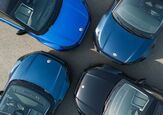















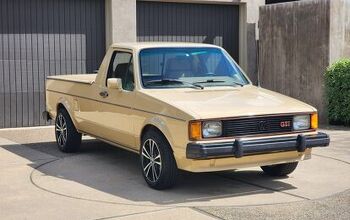
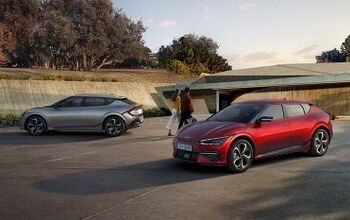
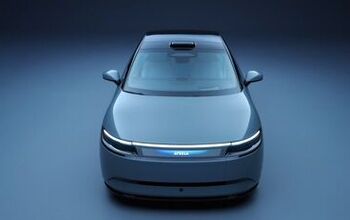
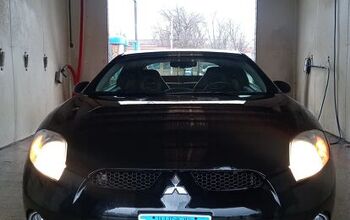


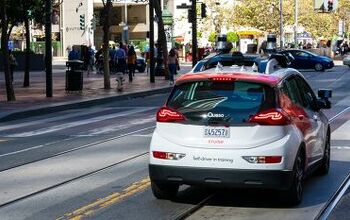



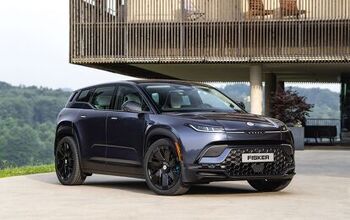
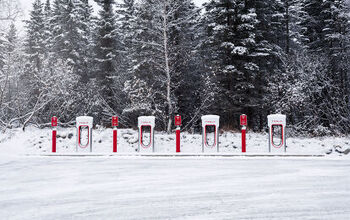

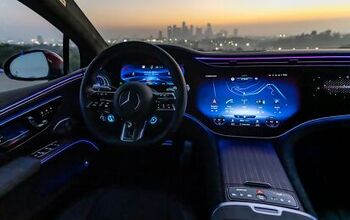

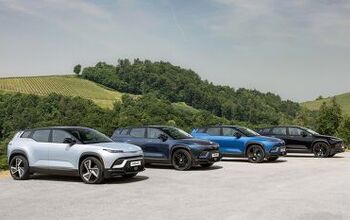

Comments
Join the conversation
The row upon row of white Jettas is a turnoff. The Americanized VWs are so bland, they make the Camry look attractive.
I put a deposit on a Golf R, and then the gassing-monkeys scandal happened last month. Best car, worst corporate culture. I declined delivery and my dealer was kind but surprised. I can’t be alone. MX-5, here I come.